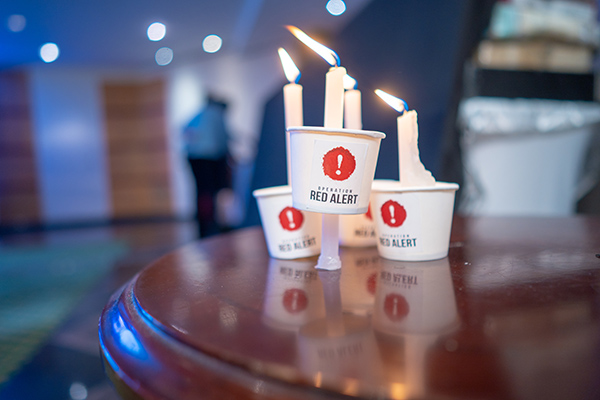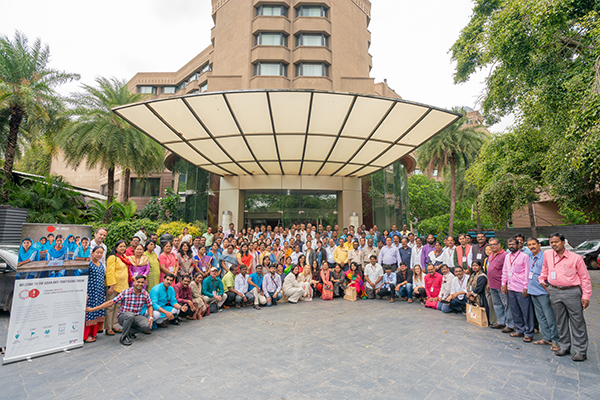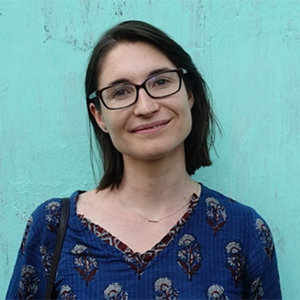Three minutes

What did you do in the last three minutes?
Chat to a friend? Scroll Instagram? Eat some lunch?
Do you know what else happened?
A girl was sold in India. And in the next three minutes, another girl will be sold too.
Every three minutes a girl in India is sold into slavery. Her average age is 12.1
I recently attended the first Asian Anti-Trafficking Forum, hosted by Opportunity International’s program partner My Choices Foundation. The forum was attended by over 90 Indian, Bangladeshi and Nepalese organisations who are working to collectively end sex trafficking in India by 2025.
Something became abundantly clear at the forum: Human trafficking is the second largest criminal industry in the world—bigger even than drug trafficking—so a goal to end it is audacious, to say the least.
But it is absolutely essential when you consider that in India, there are an estimated 8 million people currently trapped in slavery2—and that only one per cent of them will ever be rescued.
The Forum focused on building the resources and relationships needed to end trafficking. Here are some things I learned about what that will look like.

Prevention is better than the cure
My Choices Foundation’s anti-trafficking program is called Operation Red Alert. It focuses on going to villages at-risk of being targeted by traffickers.
But Operation Red Alert is a creative, positive intervention that, through its ‘Safe Village’ program, develops Good Fathers, Informed Mothers, Cool Boys and Guardian Girls. Through these role models and the use of plays, comic books and even sports, the community is educated about the issue of trafficking.
This is crucial because traffickers often trick parents or family members into selling their child, convincing them it will be for a job or marriage in the city. Families with little money and education might lack the insight to refuse traffickers.
The Safe Village program aims to do just that and has reached over 3,000 communities so far.
Digital Disruption
Just like everything else in our world, trafficking has an increasingly digital face. As more people in rural and remote communities access phones, traffickers use phones and social media to solicit, sell and hide their victims.
But Operation Red Alert is also using technology to fight back.
Through a partnership with Quantium, an Australian analytics company, they have created a mapping tool that identifies villages most at-risk of trafficking. This is based on a combination of metrics around geography, poverty, child marriage and other factors. The tool also maps reported cases of trafficking to help the Operation Red Alert team direct their efforts towards the most-needed areas.
Krishna and Anusha
Krishna and his daughter Anusha live in a small village working as day labourers. Until one day when Anusha disappeared.
Watch them bravely share their story and how information and support from the Operation Red Alert network is changing lives.
References
1. MyChoices Foundation
2. Global Slavery Index
Opportunity International Australia supports the work of the My Choices Foundation as part of its Safety program, with support from the Australian Government (ANCP).
 Jessica Carter is the Asia Health Program Director
Jessica Carter is the Asia Health Program Director
for Opportunity International.